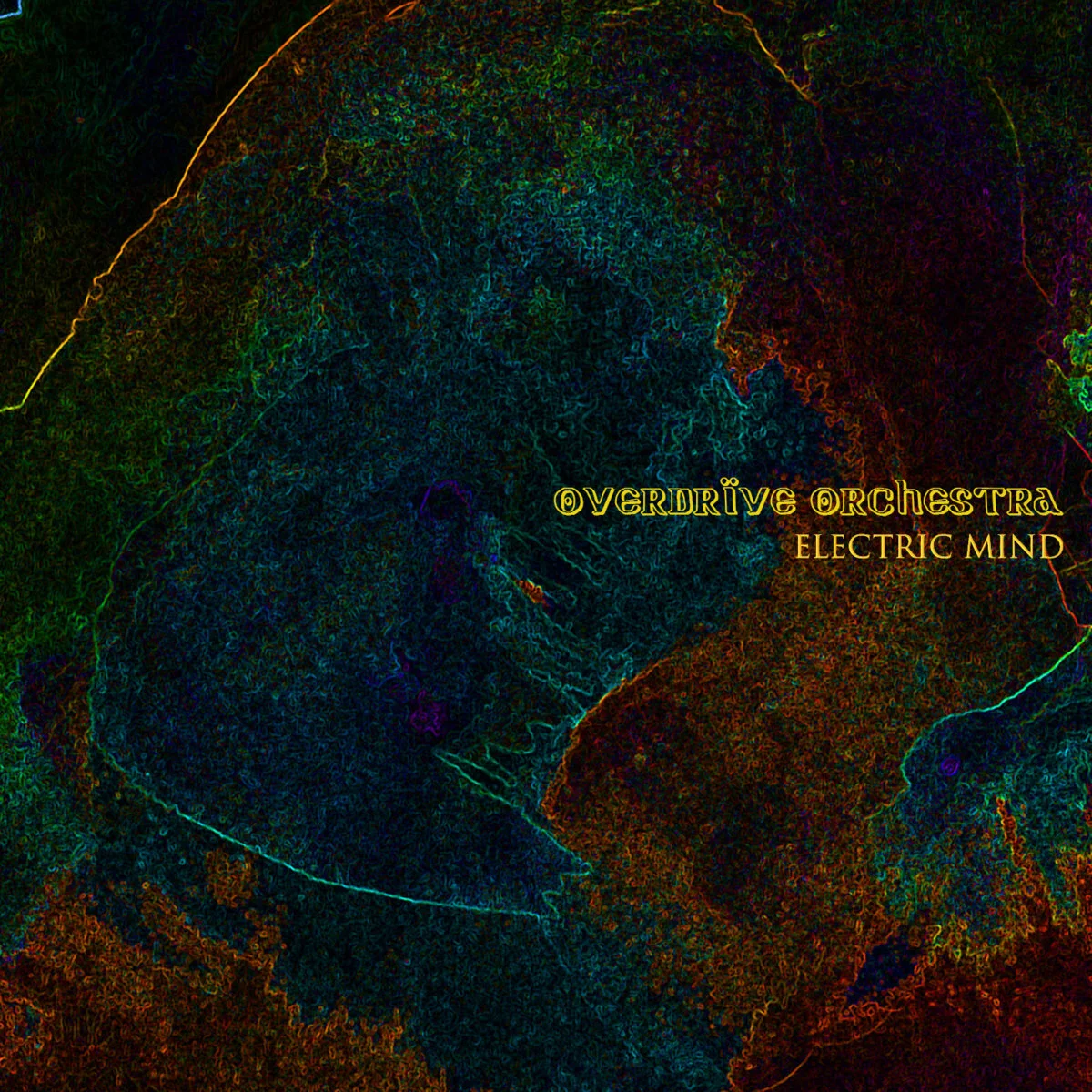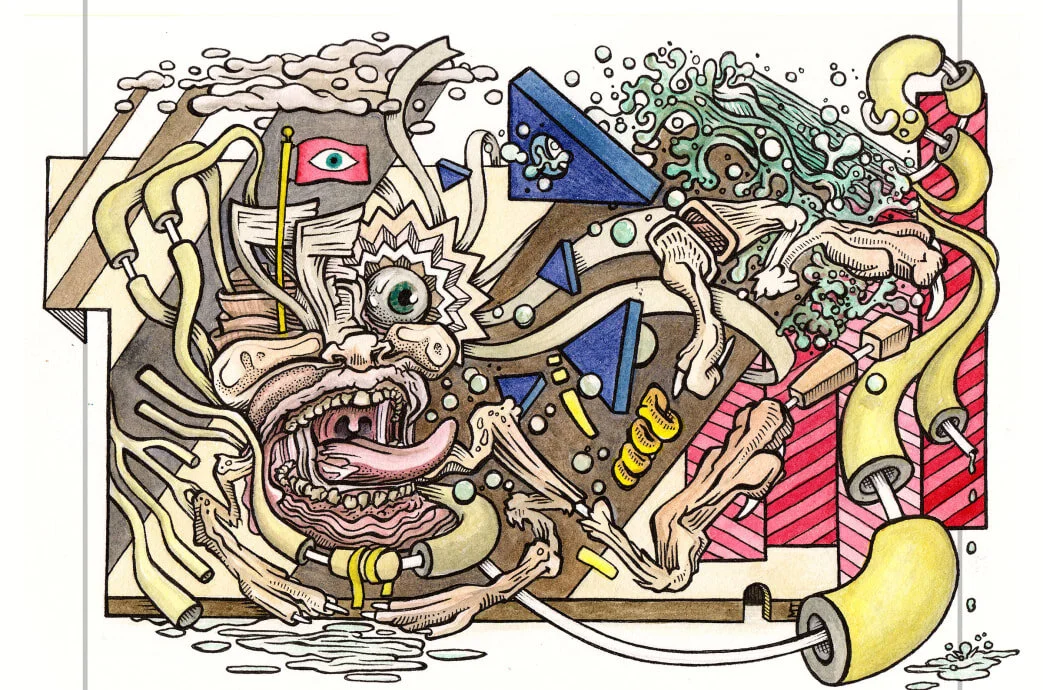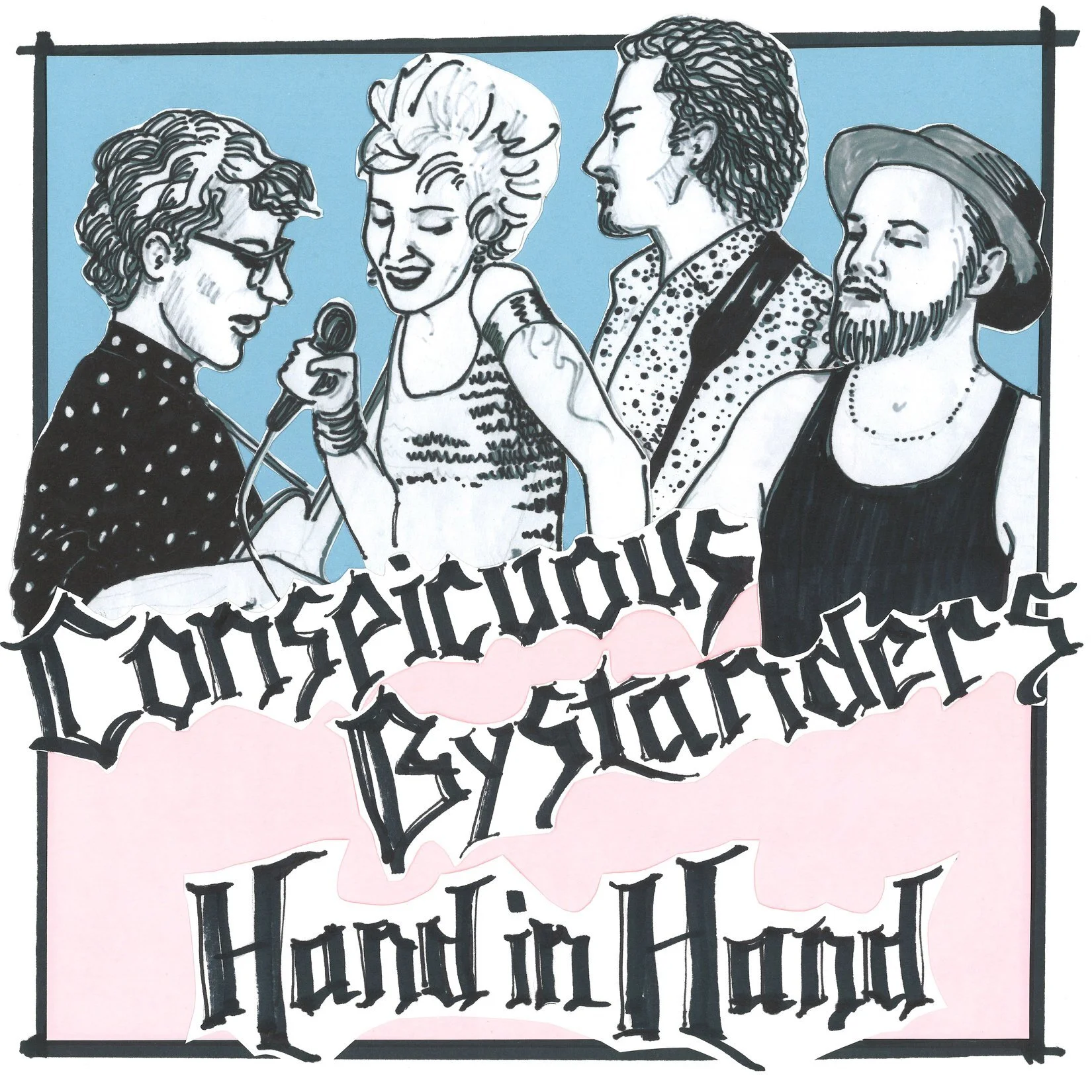Rolling Home - Nicholas James Thomasma (Album Review)
In West Michigan, there are many stories to tell. 2020 shows an emerging generation of songwriters and storytellers looking to connect with audiences on shared experiences or detail their unique journeys from first picking up their instrument to getting on stage. These artists are motivated by the many creatives who have carved a career in the area, mentoring those who come up in the scene. As a musician who has grown up in the area and gigged in the state my whole life, I’ve seen many folks who stand out as truly humble masters of their craft, building communities around the sounds they create and the stories they tell.
One such artist, Nicholas James Thomasma, has been a fixture of the Michigan music community for years, and with his latest album, Rolling Home, he is proving that his tenure in the area is paying dividends. This album “chronicles the singer-songwriter’s travels in his bright orange 1973 Volkswagen Bus finding love, kindness, musical influences and good people in every corner of the world.” (NJT Website Promo) Fans of his music will recognize the Volkswagen Bus on the road or parked at festivals, drawing the attention of music and VW bus fans alike. Folks know when that bus pulls up, a great time is sure to follow!
Where some folks settle on maybe one or two studios between tracking, mixing, and mastering, NJT captures his new stories in several studios with a host of familiar faces in the Michigan music scene. You’ll hear bass playing from Ian Thompson (Cameron Blake), Joe VanAcker (The Insiders), and Justin Avdek (Earth Radio, Mark Lavengood). Frequent collaborator Alex Austin (Deerfield Run) and Alexis Brooke (Red Rio) sing harmonies supporting NJT’s vocals. On various string instruments, you can hear sounds from Jordan Hamilton (solo artist, symphony cellist, Last Gasp Collective), fellow Earthworks Music artist Samantha Cooper (solo artist, Lost Voices), and Josh Holcomb (Dede and The Dreamers). There is expert percussion work from Scott Pellegrom (world traveling drum clinician/recording artist at Third Coast Recording Company) and Michael Shimmin (May Erlewine, The Ollam). Local multi-instrumentalist “Brandino” Proch (The Motivations, The Brandino Extravaganza) provides some saxophone sounds. There is even a guitar solo from Jared Tuitel, a talented musician that NJT met through hosting the Founders Open Mic. Tracking and engineering took place at Second Story Sounds with Greg Baxter, Third Coast Recording Company with Joe Hettinga, Centennial Sound with Ben Zito, and La Luna Recording & Sound with Ian Gorman. With such a diverse lineup of musicians on the record, it helps amplify the community aspect of storytelling on the record, and you can hear it on each track.
Regardless of what style or instrumental arrangement, the lyrics shine through in the mix, allowing the infectious hooks and varying emotional deliveries to stand out. There are tracks nostalgic for the road that place you in his Volkswagen Bus like “No Man’s Land,” “Slow Lane,” or “Sometimes it Rains.” There is a tune in Spanish, “La Noche es Joven,” crafted after an overseas journey to Spain as a music ambassador for Founders Brewing Company, where NJT has hosted their open mic every Tuesday for over a decade and previewed many of these new songs solo during his opening sets. “Farmer’s Waltz” ditches the drums for a real old-time music aesthetic and “Call Me” is bookended by a wonderful production trick to have it sound like it was pulled off of a radio station in the 20’s. There are playful songs like the reggae-style “Hippies in the Hills” or the ukulele/mouth trumpet accompaniment on the love song “Surely. However, the standout tune for me, both in terms of how it feels to listen to and how it is arranged, is “The One That Got Away,” a tune that reflects on love lost and moving on from a time you thought would never end. Samantha Cooper, Jordan Hamilton, and Josh Holcomb provide the perfect string textures to compliment the mood of the tune, from delicate pizzicato to soaring swells that embellish the lyrical themes.
Throughout the album’s narrative, journeying through life, love found and lost, and the folks met along the road are consistent lyrical themes. Whether it’s a love, reflection, optimism, or scenes from stops around the world, there is a palpable sense of community. You feel it in NJT’s vocal delivery and you are submerged in it through the song arrangements highlighting so many Michigan friends and creatives. The feeling of community is present from so many wonderful musicians involved, and it feels like a group of lifelong friends jumping on the Volkswagon Bus to share in experiences together. It’s a celebration of life and it’s bumps in the road and the people you meet along the way that add to the stories you share. So if you’ve seen NJT through his Songteller Sessions, met him at FARM, benefited from his advice and kindness as a long time host of the Founders Open Mic, or if you heard him at music festivals and venues around the state, this album is for you!
Website: https://nicholasjamesthomasma.com/
Facebook: https://www.facebook.com/NicholasJamesThomasma
Instagram: https://www.instagram.com/nicholasjamesthomasma/
Spotify: https://open.spotify.com/artist/0KJ2MtBDs4OmVlWnBIvg4S?si=EtNW73BnSTafBXPzKHrLbQ
Bandcamp: https://nicholasjamesthomasma.bandcamp.com/
Click the image below for album Pre-Orders!

















